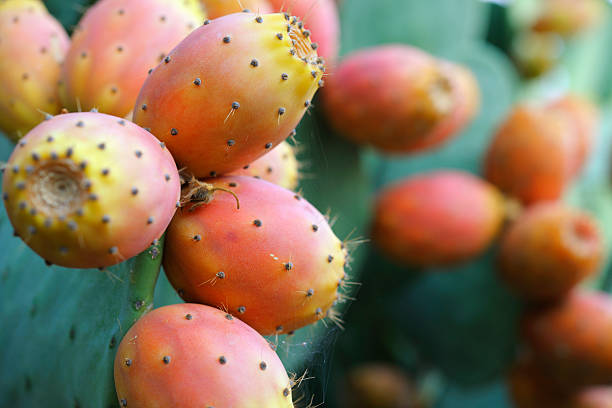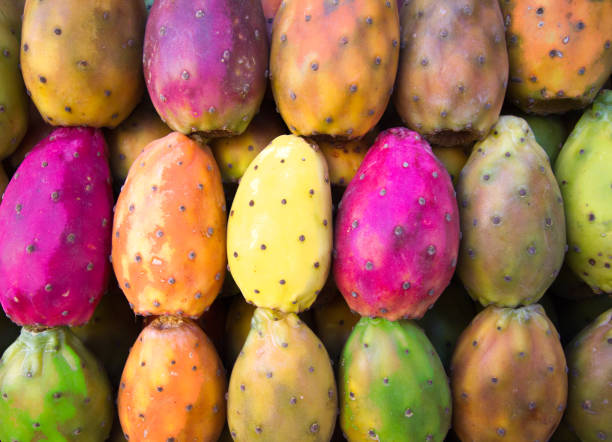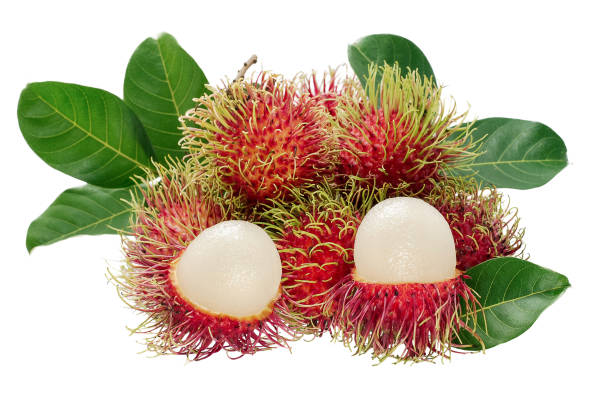Cactus pear, also known as prickly pear or Opuntia, is a fruit derived from various species of cacti native to arid and semi-arid regions of the Americas, particularly Mexico and the southwestern United States. While its spiky exterior may seem intimidating, cactus pear offers a unique combination of nutritional benefits that make it a valuable addition to any diet.

One of the key nutritional components of cactus pear is its high content of dietary fiber. Fiber is essential for digestive health, promoting regular bowel movements, preventing constipation, and feeding beneficial gut bacteria. Cactus pear’s fiber content helps regulate blood sugar levels, improve cholesterol levels, and support weight management by promoting feelings of fullness and satiety. Including fiber-rich foods like cactus pear in one’s diet contributes to overall digestive health and may reduce the risk of chronic diseases such as heart disease and diabetes.

Moreover, cactus pear is rich in vitamins and minerals, particularly vitamin C, vitamin K, magnesium, potassium, and calcium. Vitamin C is a powerful antioxidant that boosts the immune system, promotes collagen synthesis for skin health, and protects cells from oxidative damage caused by free radicals. Vitamin K is essential for blood clotting and bone health, while magnesium and potassium support muscle function and regulate blood pressure. Calcium is crucial for bone health and nerve function. The combination of these vitamins and minerals supports overall health and well-being.

Additionally, cactus pear contains various bioactive compounds, including flavonoids, betalains, and polyphenols, which have antioxidant and anti-inflammatory properties. These compounds help reduce oxidative stress in the body, combat inflammation, and may lower the risk of chronic diseases such as heart disease, cancer, and diabetes. The inclusion of antioxidant-rich foods like cactus pear in a balanced diet contributes to overall health and well-being.

Furthermore, cactus pear is low in calories and contains no cholesterol or saturated fats, making it a nutritious and heart-healthy snack option. Its vibrant color and sweet, refreshing flavor add excitement to culinary creations and make it a versatile ingredient in smoothies, salads, salsas, and desserts.
In culinary applications, cactus pear can be enjoyed fresh or used in various dishes, including jams, jellies, sorbets, and beverages. Its unique texture and flavor profile make it a popular ingredient in traditional Mexican and Southwestern cuisine, where it is prized for its culinary versatility and nutritional richness.

In conclusion, cactus pear offers a unique combination of dietary fiber, vitamins, minerals, and antioxidants that support overall health and well-being. Whether enjoyed fresh or incorporated into culinary creations, cactus pear provides numerous health benefits and adds excitement to the palate. Including cactus pear as part of a balanced diet ensures a diverse and nutritious approach to eating, promoting optimal health and culinary enjoyment.




